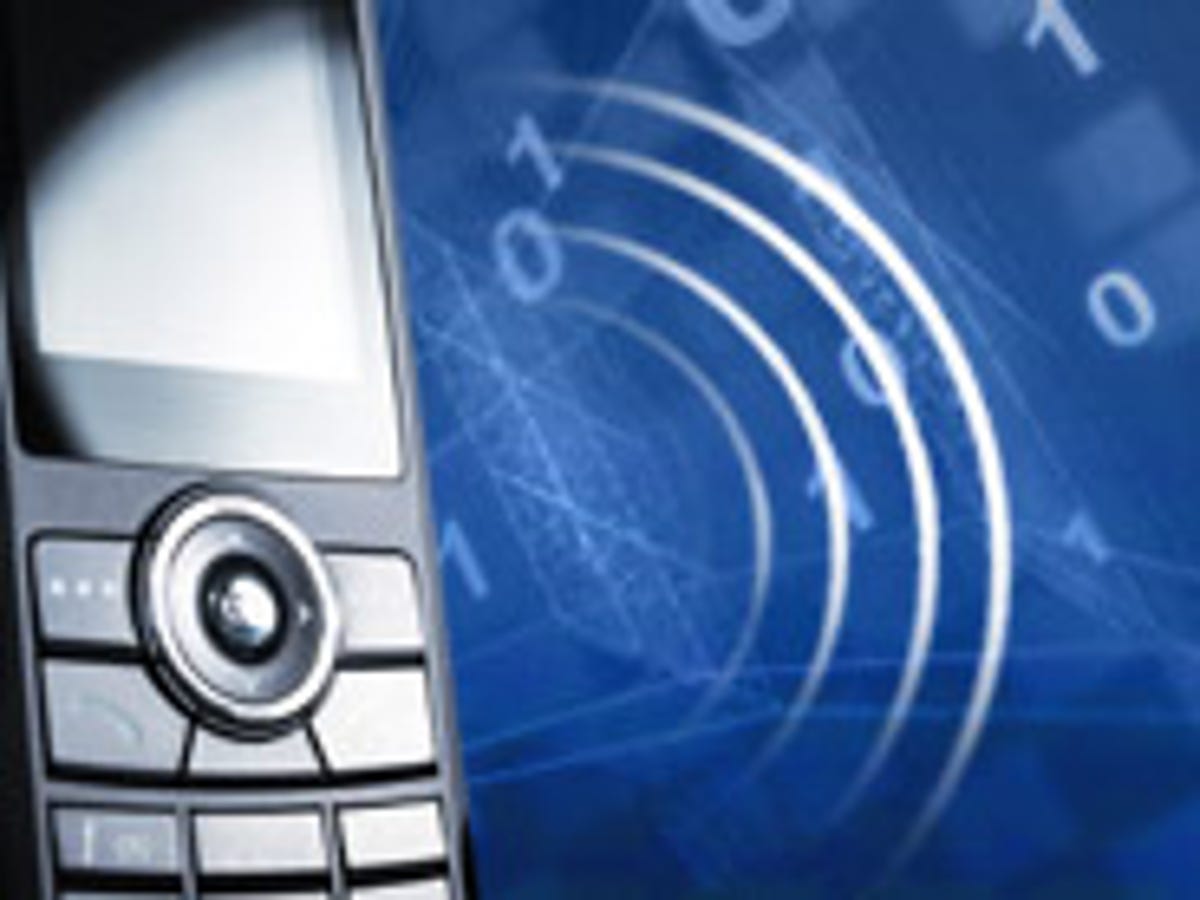
Hurricane Irene has come and gone, and despite widespread power losses up and down the Eastern U.S., wireless networks performed well.
Cell phone operators said they had been preparing for days for the hurricane, which hit North Carolina on Saturday and hugged the Atlantic coastline up to New York City where it turned into a tropical storm before making landfall early Sunday morning. The preparation paid off as all four major operators reported that their equipment for the most part held up well in the storm.
While some customers may have experienced some disruption, for the most part, the networks remained up and running. And millions of people were able to make phone calls, send text messages, and check Web sites and apps to update them on weather conditions. Even areas hit with power outages still managed to have cell service as carriers made sure that they had backup power at cell sites.
“Our ability to anticipate, prepare well in advance, and respond quickly to this storm has enabled us to keep our customers connected when they need their wireless service most,” said Howard Waterman, a spokesman for Verizon Wireless. “Many cell sites in communities that have lost commercial power are operating on our emergency backup generators to help us continue providing wireless service to our customers.”
The storm itself was not as severe as authorities had feared. And on Sunday as Irene crept up the coast, it became clear that storm surges from the ocean would not be as devastating to the people caught in Irene’s path as much as the inland flooding caused by torrential rain that followed and continues to threaten many communities today.
Wireless operators, including AT&T, Verizon, Sprint and T-Mobile USA, say they are still assessing damage and technicians are in the field making repairs. As soon as the storm passed an area, T-Mobile USA said it was deploying its disaster response teams to conduct on-site recovery efforts. As of today, the carrier said that 85 percent of its network was operational following the storm. And in North Carolina, where the storm hit first, 97 percent of T-Mobile’s cell sites are now operational.
In places experiencing power outages, the carriers say their disaster teams are visiting cell sites to refuel generators and make sure that the towers are up and running until commercial power is restored.
“Our wireless networks have experienced some disruption in service in the hardest hit areas along the East Coast as a result of the of loss of commercial power and local wireline service,” said Crystal Davis, a spokeswoman for Sprint. “While there are some impediments due to excessive flooding and downed trees and power lines, Sprint technicians have been working aggressively since Sunday to restore service to the impacted sites by refueling generators, clearing debris, and making repairs.”
AT&T spokesman Mark Siegel said AT&T is pleased with how well its network performed. He said the company’s technicians are also in the field restoring service.
The Federal Communications Commission said yesterday that it’s still gathering data on the effects of the storm. But it did not see any disruption to 9-1-1 service. The agency also said there was no disruption to public safety communications.
Many experts had warned leading up to the storm that consumers should not count on their cell phones for communications. Craig Fugate, director of the Federal Emergency Management Agency, or FEMA, on Thursday said he expected cell phone networks to be jammed and recommended that customers turn to local TV broadcasters for information.
Fugate’s recommendation came after thousands of customers on the East Coast had trouble making and receiving phone calls following last week’s unusual earthquake. While no carriers reported damage to their cell phone infrastructure from the quake, the companies admitted that the large volume of calls had temporarily disrupted voice service for some customers.
A surge in usage has also been blamed for impairing cell phone networks during other emergencies in the past, such as following the terrorist attacks on September 11, 2001, and during the school shooting at Virginia Tech in 2007.
But network experts say it’s important to note the difference between an earthquake and a hurricane in terms of its effect on the network. Carriers have days to prepare for a hurricane. They are able to make sure that cell towers are ready with backup generators and fuel. And they can have excess network capacity ready to deploy. But an earthquake or a terrorist attack is not an event that is known about in advance, so there is no time to prepare the network both in terms of the infrastructure as well as the capacity.
What’s more, the hurricane that moved over the East Coast took several hours to pass. And it was unlikely that networks would experience the same kind of surge in call traffic that a sudden event, such as an earthquake, would cause.
Cell phone subscribers themselves may have also played a role in ensuring that the networks were up and running when needed. Carriers and public safety officials advised cell phone users to only make calls when necessary. And they encouraged people to use text messaging instead of phone calls to contact friends and loved ones. This advice may have also played a role in keeping cell phone lines open for those who needed help.



